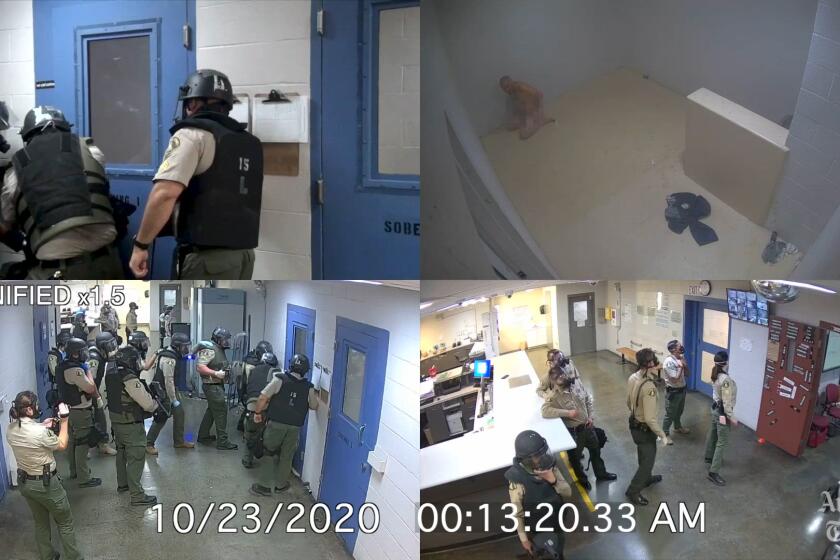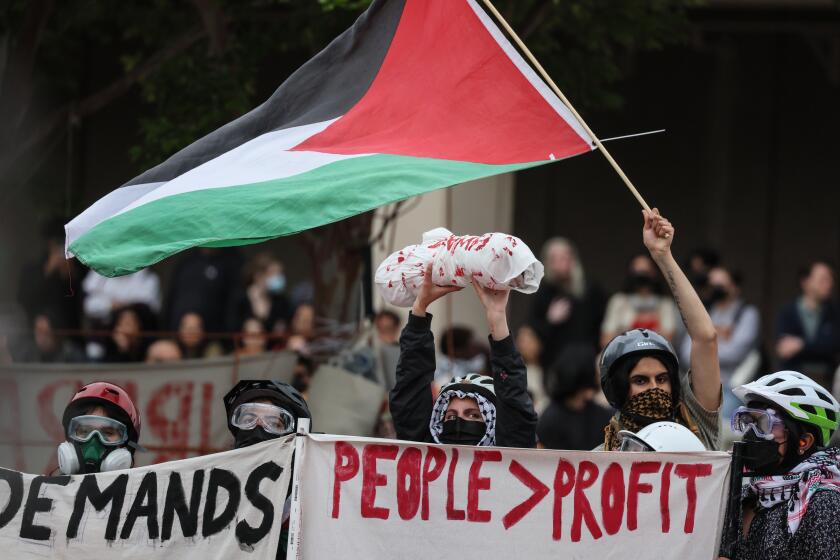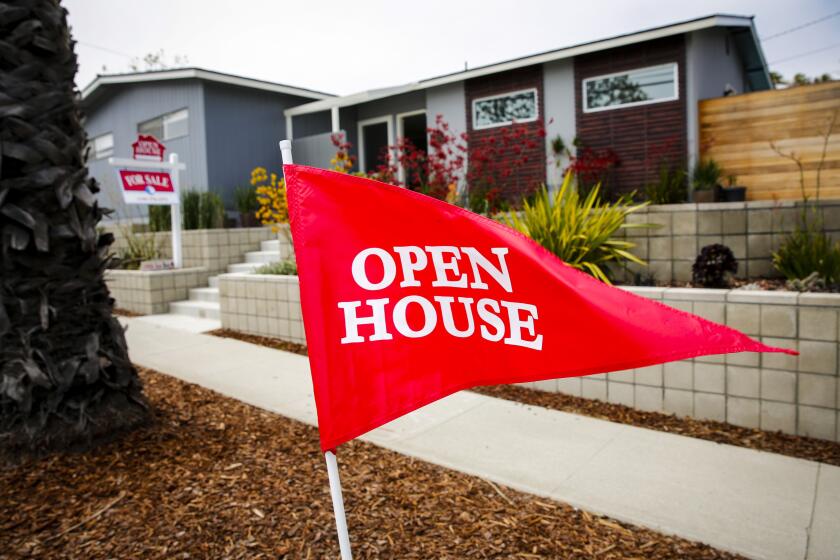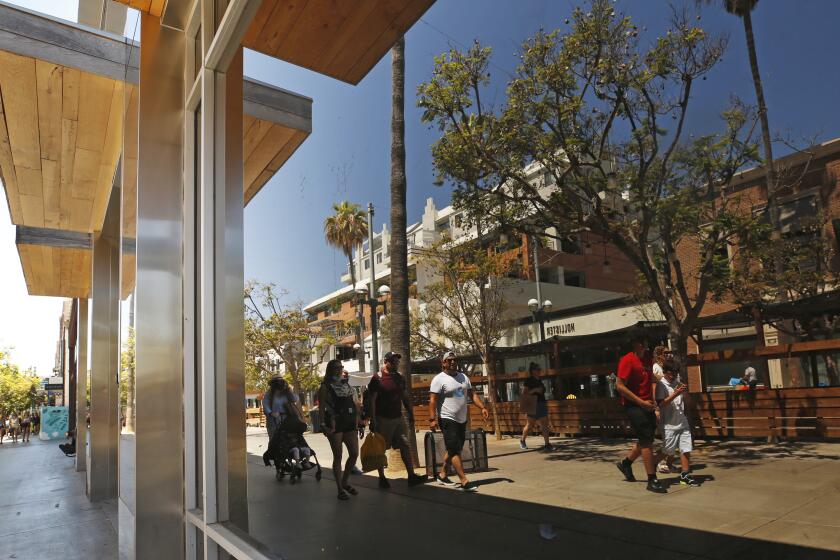Record of the Years
If Los Angeles has a secret heart, it is located due east of Union Station on the third floor of 555 Ramirez Street. There you can find the City Records Center and Archives, a resource so imposing that it can be measured in tons. The records center is a 47,000-square-foot windowless chamber divided by 18 five-foot wide shelves that run roughly half the length of a football field. The shelves hold 150,000 acid-free boxes containing operational files from the Police Department, the Tax and Permit Division, the City Council and the Engineering Bureau. In short (actually, there’s nothing short about it), 3,000 tons of paperwork from the entire city bureaucracy lies in cool repose in a modern-day cavern straight out of “Raiders of the Lost Ark” or “Black Orpheus.”
Linking the records center and the archives is a room the staff refers to as the “study area.” This is where the public can examine material after it’s been pulled from the shelves. Fluorescent lamps flood long, rectangular tables; vintage photographs, parchments, plaques and maps dot the walls. Seated at one of the worktables is Hynda L. Rudd, records management officer for the City of Los Angeles. Rudd, who has been running the Records Center and Archives since it was founded in 1980, refers to herself as the city’s “first archivist.” Dressed in a blue suit, highlighted by a gold scarf and gold cluster earrings, Rudd speaks with the zeal of a prospector.
“The archives contains documents that reflect the breadth and depth of the city’s history,” she says, asking staffer Jay Jones to retrieve a sample box. Jones exits through a gray steel door at the rear of the room. The room holding the archives is a duplicate of the records center, except at 4,700 square feet it is exactly one-tenth its size. “The archives,” Rudd continues, “is home to one of the finest municipal collections in the country.” She opens the box Jones has brought back and flips through its contents, all handwritten, some cloudy with patina and palimpsest. “God only knows what jewels we have in here. Our oldest records begin in 1827, the Spanish period. We have records from the Mexican era through 1847. Most with translations.”
She extracts a volume of protocols and carefully flops it open. The pages are husk-colored, dog-eared and brittle. She briskly scans the work. The handsome cursive text flows under the shadows of her polished-gold fingernails. “This volume bears a notation of 16 May 1890, so these are from our American period,” Rudd says. “So many times in Los Angeles, if it is 15 minutes old, it’s being torn down. But we are a reflection of the city, and this archive represents the foundation and the conscience of the City of Los Angeles.”
More to Read
Start your day right
Sign up for Essential California for news, features and recommendations from the L.A. Times and beyond in your inbox six days a week.
You may occasionally receive promotional content from the Los Angeles Times.






